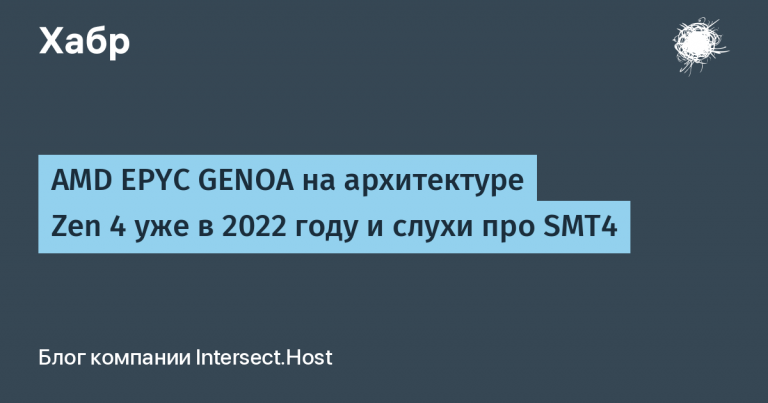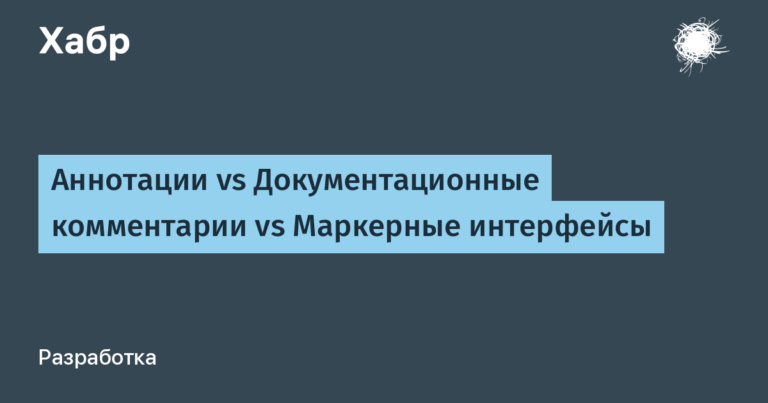Brain drain from OpenAI, new “smart” glasses from Zuckerberg and crazy purchases from Google. Digest of last week's AI events
Important events from the world of artificial intelligence that occurred last week.

Disclaimer 1: The digest was prepared by the editors of Technocracy. In order not to miss the announcement of new materials, subscribe to “Voice of Technocracy” — we regularly talk about news about AI, LLM and RAG, and also share useful tutorials and current events.
You can discuss the pilot or ask a question about LLM Here.
Disclaimer 2: the text mentions the Meta company, which is recognized as an extremist organization in the Russian Federation
The number of executives leaving OpenAI this year is getting a little strange.
OpenAI CTO Murati is leaving as the company looks to move away from its nonprofit roots. That same year, Murati briefly took over as CEO of OpenAI when Sam Altman was forced out of his position. However, he quickly returned to his post.

Now that Murati has left the company, it is the latest in a string of executive departures at the world's most successful and well-funded artificial intelligence startup.
On Thursday, Murati announced her departure, writing a letter of gratitude and diplomacy to colleagues. In her message, she did not disclose the reasons why she decided to leave the company. However, she noted that her departure comes just after the company reached an important milestone: “Our recent releases of speech-to-speech and OpenAI o1 systems mark the beginning of a new era in the field of interaction and intelligence – advances made possible by your ingenuity and skill “, she wrote.
No one knows what Murati will do next, but she has the name and experience to attract significant funding from venture capitalists if she decides to start a new company.
Several executives have left OpenAI this year. The first to leave was John Shulman, one of the company's co-founders and head of the compliance science team. He joined Anthropic in August.
In February, the company lost another co-founder, Andrei Karpathy. In May, Ilya Sutskever, the scientific director and spiritual leader of the company, left the organization. His departure followed disagreements with CEO Sam Altman and a group of investors that arose last year.
Also in May, Jan Leike, head of security, left the company. Co-founder Greg Brockman left in August to take an extended leave of absence for the rest of this year. He explained his departure by the desire to “rest and recuperate.”

This year, William Saunders, who led the superalignment group, his superalignment colleagues Leopold Aschenbrenner and Pavel Izmailov, as well as security group member Daniel Kokotailo also left the project. By August 2024, nearly half of the so-called artificial general intelligence security team had left the project, he said.
Sources close to OpenAI say some company employees have expressed concerns that OpenAI is too focused on creating new and profitable artificial intelligence products without paying enough attention to security issues. This commercial focus is inconsistent with the organization's current non-profit status.
Just hours after Murati's departure was reported, The Wall Street Journal reported that OpenAI plans to change its status from nonprofit to for-profit, with Altman taking a stake in the company for the first time.
Google paid big money to bring back AI pioneer Noam Shazir
An artificial intelligence company's most important resource is its talented research staff. These mathematics experts have the unique knowledge and skills needed to create, train, and improve large language models.
We are seeing large tech companies looking to lure such talented scientists away from smaller startups through licensing agreements.
In August, it became known that Google had brought back Noam Shazir and Daniel de Freitas, researchers in the field of artificial intelligence. They left the company in 2021 to create Character.AI, an app that lets you create AI-powered characters that users can interact with. However, the company faced difficulties in monetization.

Now, according to The Wall Street Journal, key details about the return of Shazier and De Freitas have become known. Google paid $2.7 billion to license Character.AI's software, but its real goal was likely to attract Shazir.
Shazir is an outstanding expert in the field of artificial intelligence. He worked at Google until 2021 and is one of the authors of the famous 2017 article “Attention is All You Need.” This paper proposed the architecture of the Transformer model, which became the basis for the modern generative AI craze and underlies most language models used today.
Now Shazir has returned to Google as vice president. He is one of three people responsible for developing and implementing the Gemini model, the Journal reported. Google also received De Freitas and about 30 Character.AI employees as part of the $2.7 billion deal.
In March, Microsoft took a step forward by inviting Mustafa Suleiman, co-founder of Google DeepMind, to lead its consumer AI division. As part of the licensing agreement, the company paid $653 million for the right to use the Inflection AI model developed by Suleiman and his team through Azure cloud services.
Together with Suleiman and most of Inflection's employees, Microsoft gained access to advanced technologies in the field of artificial intelligence.
Why don't big tech companies attract the researchers they need by acquiring smaller artificial intelligence (AI) companies? However, this approach may raise questions with the Federal Trade Commission, as it could be considered anti-competitive consolidation in the AI industry.
Meta Announces New LLMs That Can See and New Artificial Intelligence Glasses
At its Meta Connect developer event on Wednesday, Meta unveiled a new generation of Llama AI models and a number of exciting AI enhancements for its AR glasses.
Meta announced two new Llama 3.2 models – one with a billion parameters and the other with 90 billion. Unlike their predecessors, which could only process text, these new models are capable of processing images.
Meta also introduces several smaller models: one with a million parameters and another with three million. These models are designed to work on mobile devices.
According to Meta, these models are capable of running on equipment from Qualcomm and MediaTek, and are also optimized for ARM processors. They can be downloaded from llama.com and Hugging Face. They are also available on a variety of cloud platforms, including AWS, Google Cloud, and Databricks.
Meta has announced some AI-related changes to its Ray-Ban Meta smart glasses. Now the glasses can remind the owner of important matters, such as an almost empty carton of milk in the refrigerator. They can also scan QR codes and phone numbers.

The company also said that a video feature in Meta AI will be coming soon. The glasses will be able to observe the surrounding environment in real time, which will allow artificial intelligence to help the owner in everyday activities, such as exploring the city or cooking. Video capability is expected to arrive later this year.
Meta presented its most advanced developments, including a new working prototype of augmented reality glasses called Orion. These glasses are capable of displaying data and entertainment directly into the lenses, as well as labeling objects that the user sees in the real world. Moreover, they can create realistic holograms of people.





